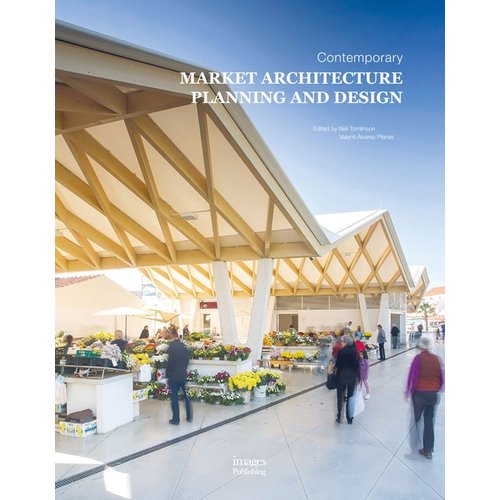You can’t improve what you don’t measure: that’s the idea behind the AIA 2030 Commitment, a voluntary program that asks design firms to track their progress toward creating carbon-neutral buildings. This fall, the AIA released data from participants for 2019 that showed continued advancement since the program’s inception in 2009, and over the previous year, with more firms participating and showing better energy performance.
But, at same time, the report left significant room for improvement: only 311 of 682 signatory firms even submitted data, and only 27 of those (up from 16 of 549 total participants in 2018) met the commitment’s performance thresholds. “With the climate crisis escalating, more needs to be done,” said the report’s authors, in an understatement.
The commitment supports the goals set by architect Ed Mazria’s nonprofit, Architecture 2030. In 2006, Mazria challenged the AEC industry to meet efficiency targets on a schedule that grows more stringent over time, to reach carbon neutrality by 2030 in all new buildings and major renovations. Firms that sign the AIA pledge agree to disclose the predicted energy use intensity (EUI)—calculated on the basis of a building’s size—of all their current work.
For 2019, the 311 reporting companies—among them, many of the profession’s largest firms—disclosed data for 20,000 active projects, representing 3.3 billion square feet in more than 100 countries, from the earliest phases of design to construction. The data indicate savings equivalent to 20.2 million metric tons of carbon dioxide emissions and an overall 49 percent EUI reduction—a modest improvement over 2018’s 46 percent reduction, but still far short of the 70 percent target. For 2020, the commitment’s reduction goals rachet up to 80 percent.
The experience of VMDO, a 74-person firm with offices in Charlottesville, Virginia, and Washington, D.C., illustrates the difficulties in trying to meet the 2030 targets. Despite having designed several net zero energy K–12 schools (each count as a 100 percent EUI reduction), the firm’s average EUI reduction for its entire portfolio has yet to reach the program’s target over its three years of participation. Some building types are difficult, explains Michelle Amt, director of sustainability, such as college residence halls, which tend to be vertical, with little roof area for solar panels relative to enclosed space. “We will have to dig into these typologies and step up our research,” she says. According to Tate Walker, cochair of the 2030 Commitment working group, and sustainability director at OPN Architects, in Madison, Wisconsin, “The commitment isn’t for your most high-profile work, or for when clients ask for it. It applies across the board.”
That is a tough target. Even BNIM, the Kansas City, Missouri, firm long known for its environmental work and an early 2030 signatory, only met (and surpassed) the reduction goals for the first time in 2019. Associate principal Jeremy Knoll recently analyzed the firm’s last decade of data and found that the target EUI as designed tended to be compromised as projects moved toward construction, because of cost-cutting. As a remedy, staff are learning more about funding mechanisms—such as power-purchase agreements and PACE (property assessed clean energy) programs. “Financing is outside the usual scope of an architect’s work,” says Knoll, “but when it comes to value engineering, we want the critical aspects of a project untouched.”
The working group and local AIA chapters are pushing to increase signatory firms and reporting. The group has also enhanced its platform, the Design Data Exchange (DDX), to streamline the reporting process. Other new features include a clearer outline of project phases and an option to track carbon embodied in materials.
In addition, firms can now count off-site renewable energy toward targeted goals—especially significant for complex projects and those in dense settings. Vincent Martinez, COO of Architecture 2030, predicts that, with more renewable-energy options, the program’s numbers will improve markedly. Since 2005, he notes, carbon dioxide emissions from buildings are down 21 percent in the U.S., even as 47 billion square feet of space was added—because of better design, efficiency retrofits, and tighter codes.
Walker is optimistic that the industry will achieve carbon neutrality by 2030. Though progress has been slow and incremental, technology is catching up, he says, pointing out that photovoltaics cost a fraction of what they did five years ago, and LEDs have cut lighting loads in half. “We have all the technical solutions,” he says; “the last and hardest piece is cultural change.” Can the design industry meet the challenge? The clock is ticking.








